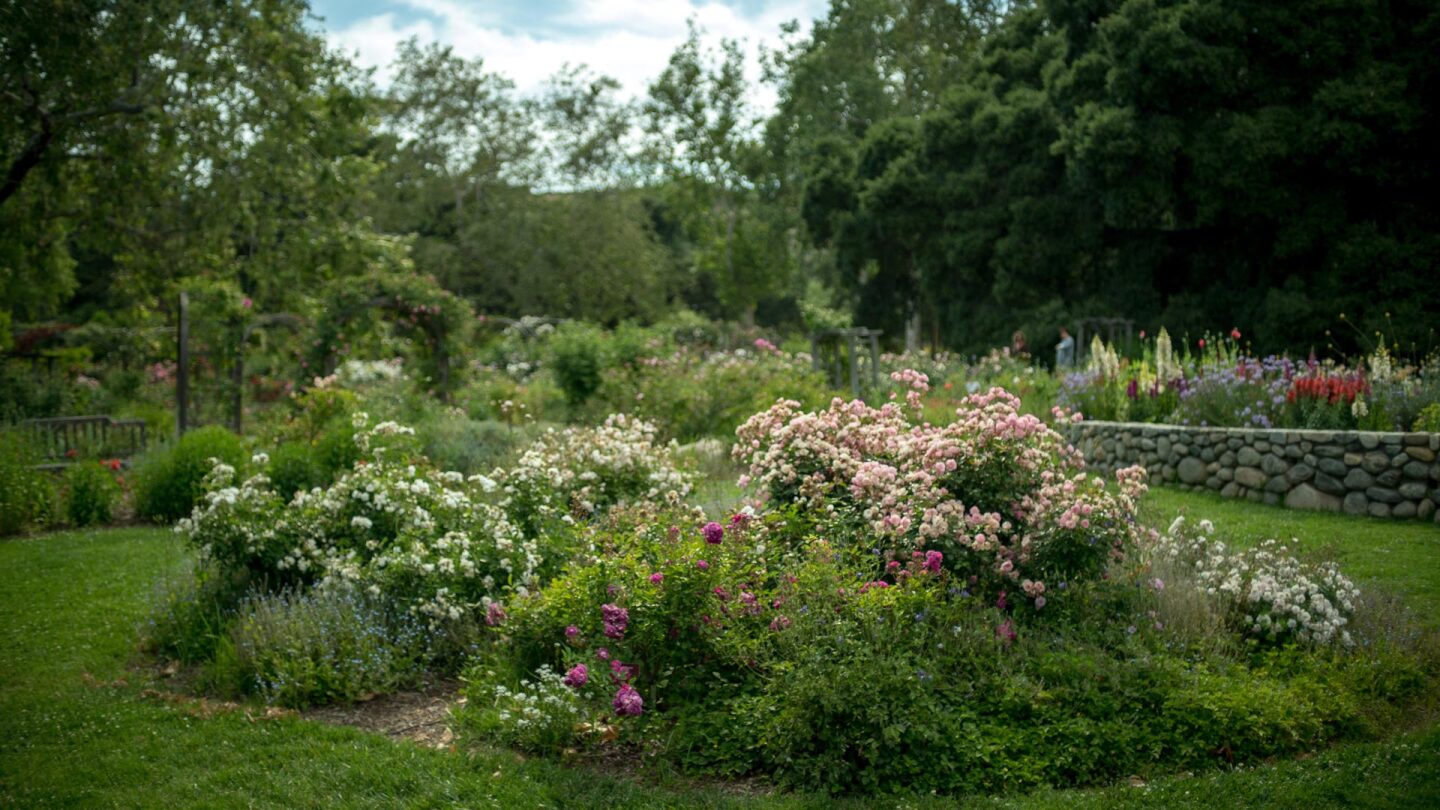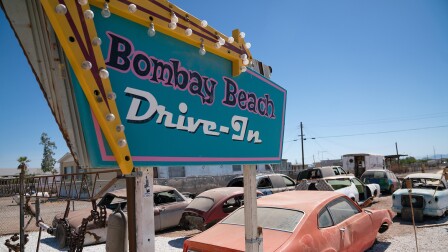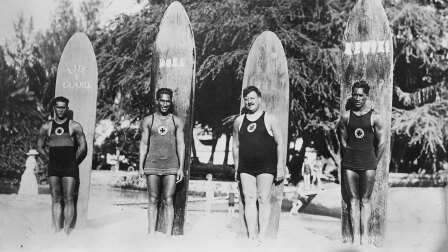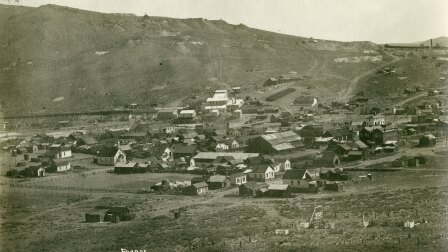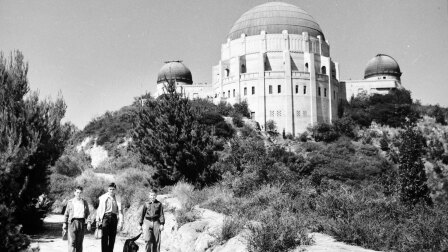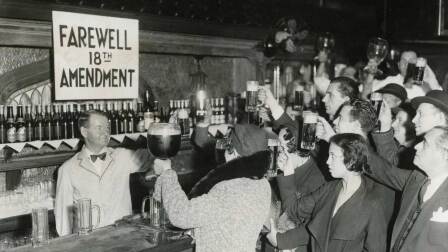Yosemite
Californians have long fought over what Yosemite means and how to manage it. Since its birth as a park and preserve in 1864, Yosemite has become a postcard for the natural beauty of California. Each year, millions visit from around the globe to see the cliffs, waterfalls and meadows that inspire wonder and reverence of the American West. This episode explores how Yosemite has changed over time: from a land maintained by indigenous peoples to its emergence as a tourist attraction and national park to the site of conflict over humanity’s relationship with nature.
We talk with long-time Yosemite National Park Ranger and scholar Shelton Johnson about finding the authentic Yosemite experience. We also spend time with actor and John Muir interpreter Lee Stetson. We speak with descendants of the native Ahwahneechee People, who went into hiding in an attempt to avoid the violence of the Buffalo Soldiers. Park Ranger Scott Gediman explains the Firefall at Glacier Point, and we meet with filmmaker David Vassar, who shares his experience of capturing the Stoneman Meadow Riot of 1970.









